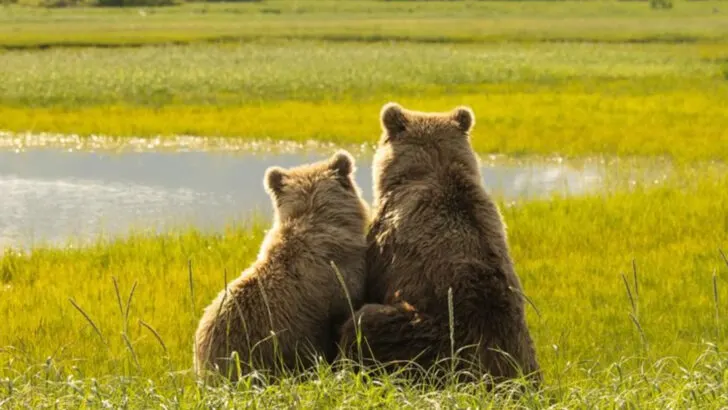Because seeing a bear or bison in the wild beats any zoo, any day.
If you’re the kind of traveler who packs binoculars before you pack socks, the U.S. National Parks system is your dream playground. From misty mountain trails to desert valleys and glacial coastlines, America’s wildest places offer front-row seats to the greatest animal show on Earth. Whether you’re hoping to glimpse a herd of elk at sunrise or spot a moose wading in a lake, these parks deliver unforgettable wildlife moments without having to leave the country.
But not all national parks are created equal when it comes to animal encounters. Some are practically teeming with grizzly bears, bald eagles, sea otters, or gators, while others require patience, good timing, and a bit of luck. The best parks strike that perfect balance: dramatic natural beauty, healthy habitats, and a chance to see something wild just by stepping out of your car or tent.
From the famous plains of Yellowstone to the tide pools of the Channel Islands, this list covers the 20 best U.S. national parks for wildlife lovers — where the creatures are the real stars of the show.
Yellowstone National Park (Wyoming, Montana, Idaho)
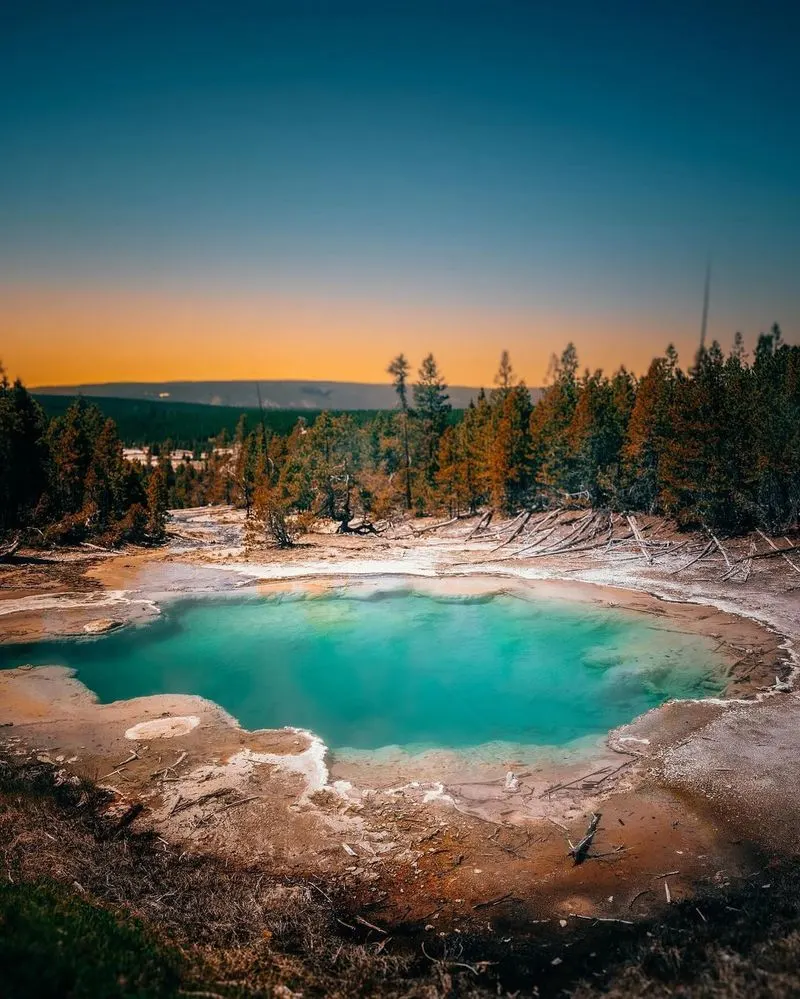
Yellowstone, the pioneering national park, is a haven for wildlife lovers. Imagine the sight of bison roaming freely against the backdrop of geothermal wonders. As the sun rises over Lamar Valley, wolves emerge, showcasing the park’s natural theater.
The diversity here is astounding, with grizzly bears, elk, and bald eagles adding to the spectacle. This iconic park is a testament to nature’s grandeur and the tireless efforts to preserve it.
Pack your binoculars and camera, and prepare for an unforgettable adventure into the heart of America’s wild side.
Denali National Park (Alaska)
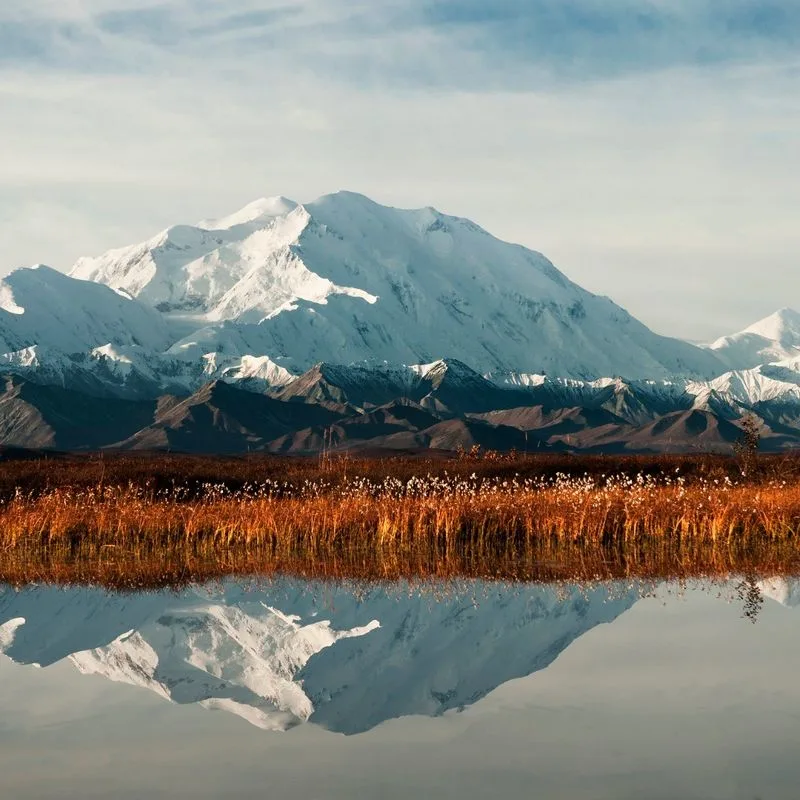
Denali’s vast wilderness beckons with the promise of seeing Alaska’s “Big Five.” Moose and caribou wander the tundra, while grizzly bears rule the landscape with their formidable presence.
High on the slopes, Dall sheep graze, offering a glimpse into the park’s rugged life. Wolves, elusive and mystical, echo the untamed spirit of Denali.
A shuttle ride deep into the park reveals nature’s raw beauty. Denali’s wilderness offers a rare chance to experience an untouched world, where animals roam free and nature reigns supreme.
Everglades National Park (Florida)
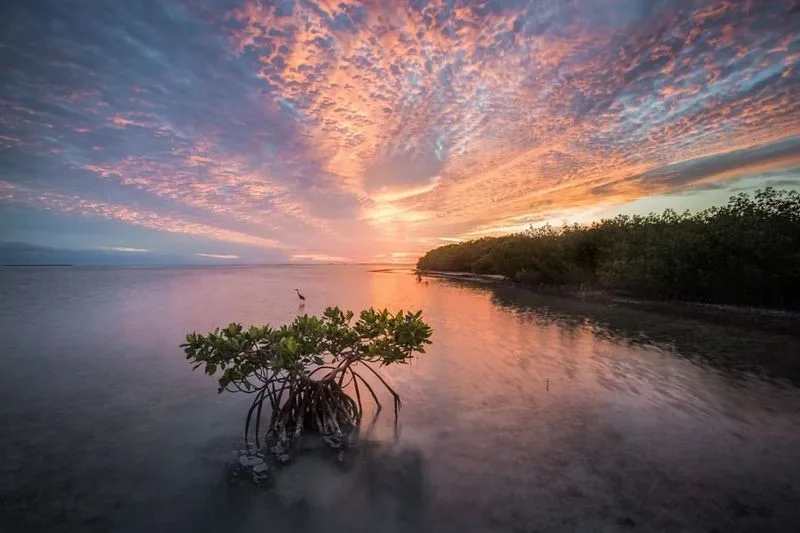
In the subtropical expanse of the Everglades, nature’s spectacle unfolds among mangroves and marshes. Alligators glide silently through waters, while manatees float gracefully nearby.
Birdwatchers rejoice here, with over 300 species painting the sky. The Everglades’ unique ecosystem supports a tapestry of life, including rare crocodiles.
This park is a living testament to the resilience of nature. It’s a place where land meets sea, and wildlife thrives in a delicate balance, promising discoveries at every turn.
Grand Teton National Park (Wyoming)
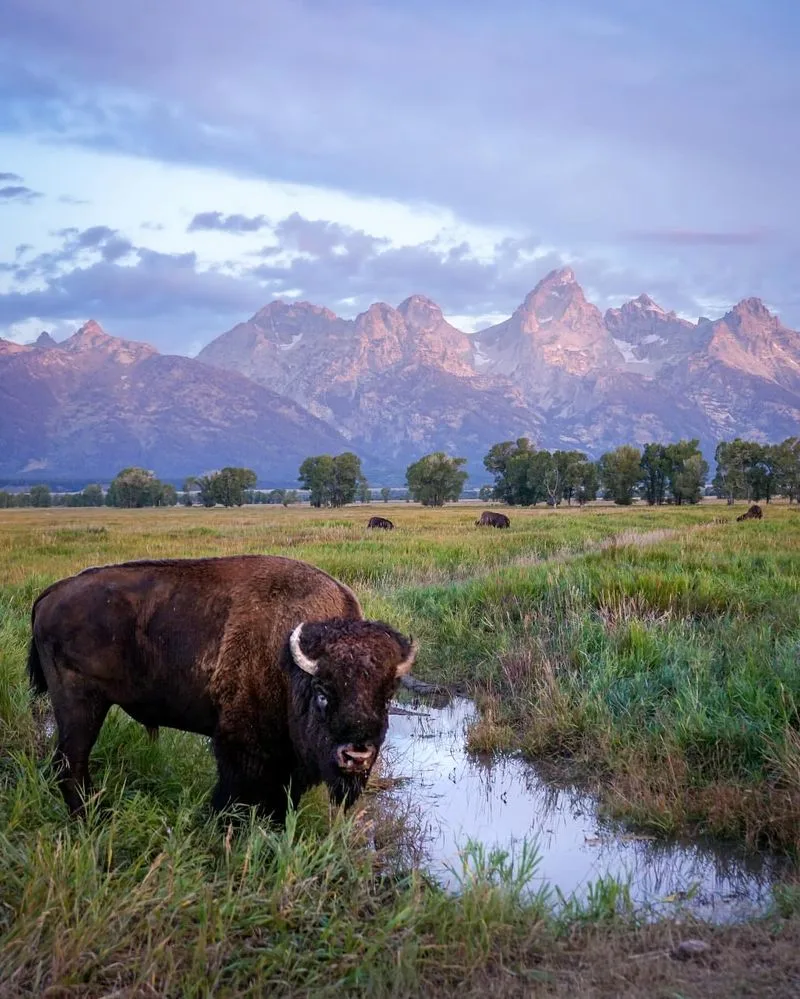
Grand Teton is a realm less traversed than its neighbor, Yellowstone, yet equally abundant in wildlife. Moose are frequently seen near shimmering alpine lakes, their antlers mirrored in the water.
Bison roam the plains, wild and unyielding, while pronghorn dash with grace. The jagged peaks of the Teton Range serve as a majestic backdrop to this diverse habitat.
Black bears, elusive yet ever-present, add an air of mystery. Grand Teton offers a serene escape into nature’s embrace, where every moment is a vivid tapestry of life.
Katmai National Park (Alaska)
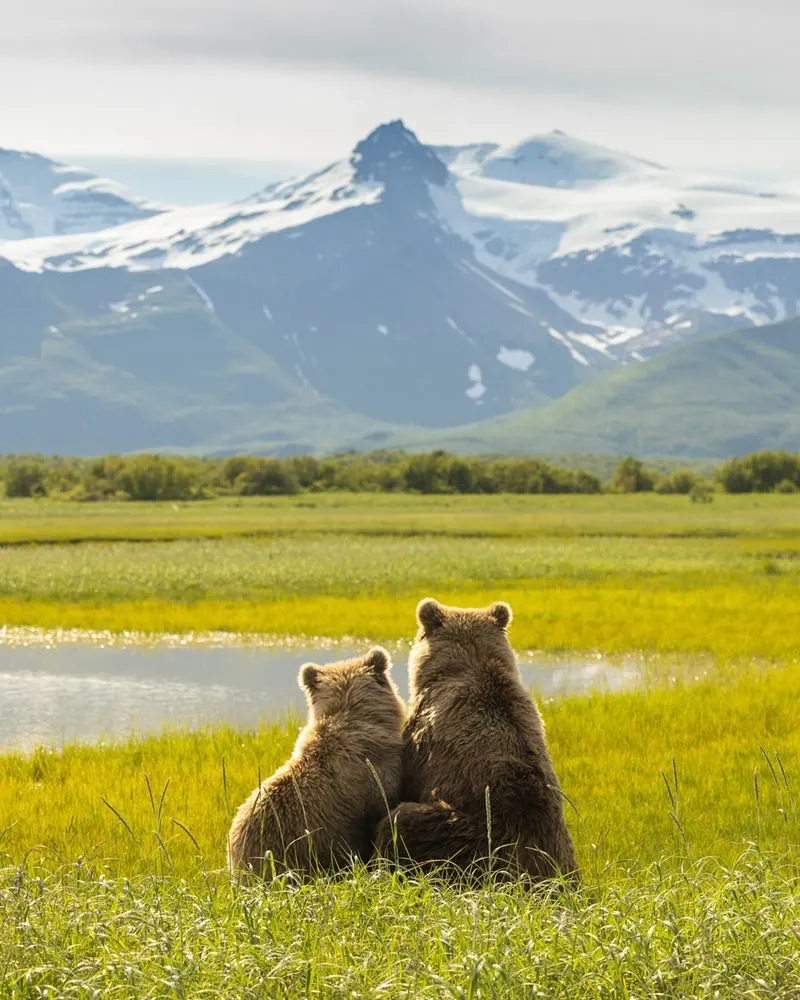
Katmai is renowned for its iconic brown bears, especially visible at Brooks Falls where the spectacle of salmon leaping upstream attracts these majestic creatures.
July is prime time for bear watching, as scores of bears gather, making it a photographer’s dream come true. The park’s remote and wild terrain adds to its allure.
Koalas are more than just a park highlight; they’re a symbol of Katmai’s untouched wilderness. Prepare for an encounter with nature at its most raw and powerful.
Rocky Mountain National Park (Colorado)
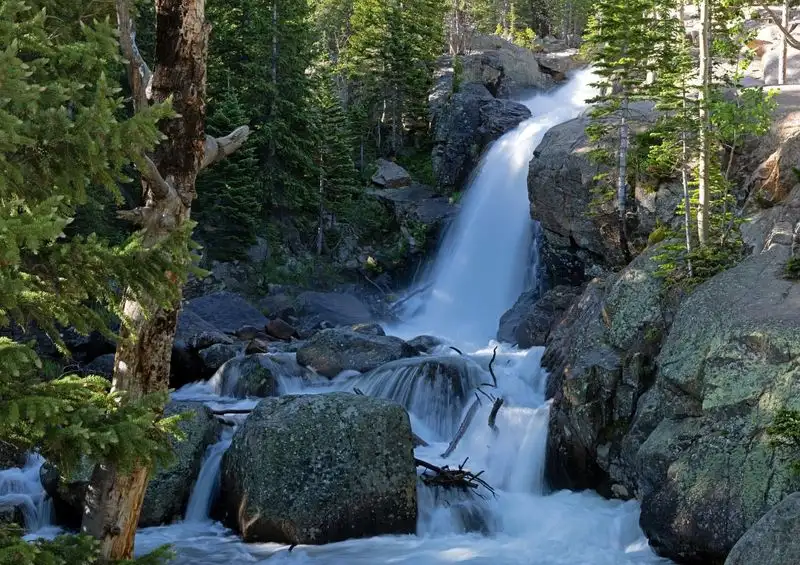
Fall in Rocky Mountain National Park is a symphony of sound and color. The bugling of elk echoes through the valleys during rutting season, a hauntingly beautiful call of nature.
Mule deer wander the forest edges, while marmots keep watch from rocky perches. The high-altitude terrain is also home to elusive mountain lions and playful pikas.
This park embodies the spirit of the Rockies, where the wild meets the sky. It’s a place of grandeur and solitude, offering a deep connection to the natural world.
Isle Royale National Park (Michigan)
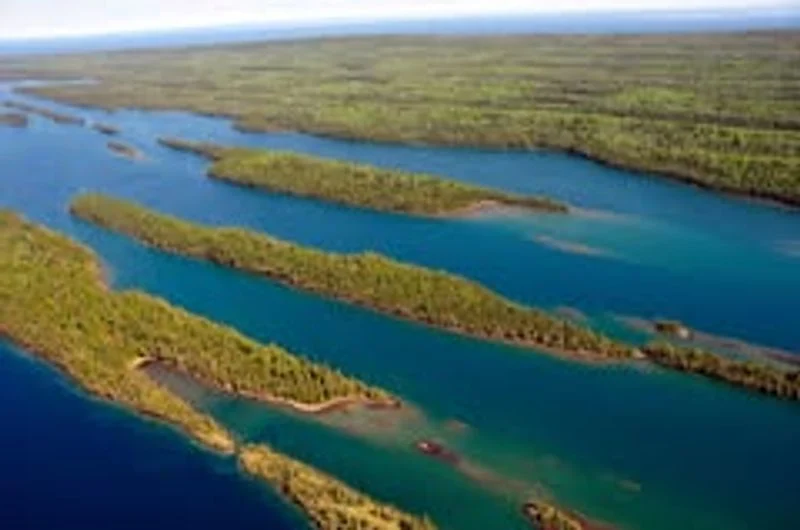
Isle Royale’s isolation makes it a unique haven for wolves and moose. The island’s dense forests and rugged coastline provide a backdrop to one of nature’s profound relationships.
Here, predator and prey engage in a delicate dance, shaping the ecosystem’s balance. This lesser-visited park offers solitude and a chance to witness nature’s intricate web.
The beauty of Isle Royale lies in its quietude and the rawness of its landscapes, a place where the wilderness whispers ancient stories of survival and harmony.
Glacier National Park (Montana)
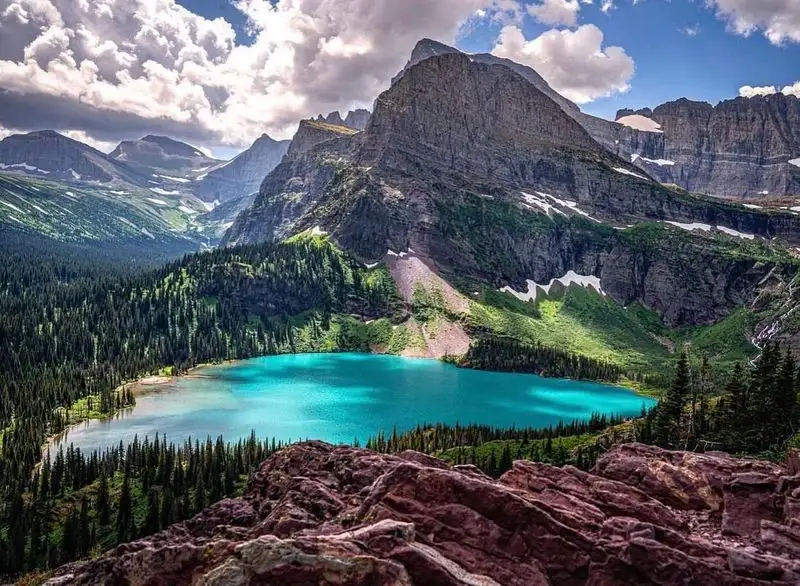
In Glacier National Park, the Going-to-the-Sun Road offers a passage into a world of majestic wildlife. Mountain goats scale the rugged terrain with agility, while bighorn sheep graze along alpine meadows.
Grizzly bears, both awe-inspiring and formidable, wander through the park’s vast landscapes, embodying the untamed spirit of the wild. The park is a sanctuary where nature’s grandeur unfolds at every turn.
Hiking through this glacier-carved wonderland reveals a tapestry of life, from delicate wildflowers to powerful predators, all coexisting in harmony.
Channel Islands National Park (California)
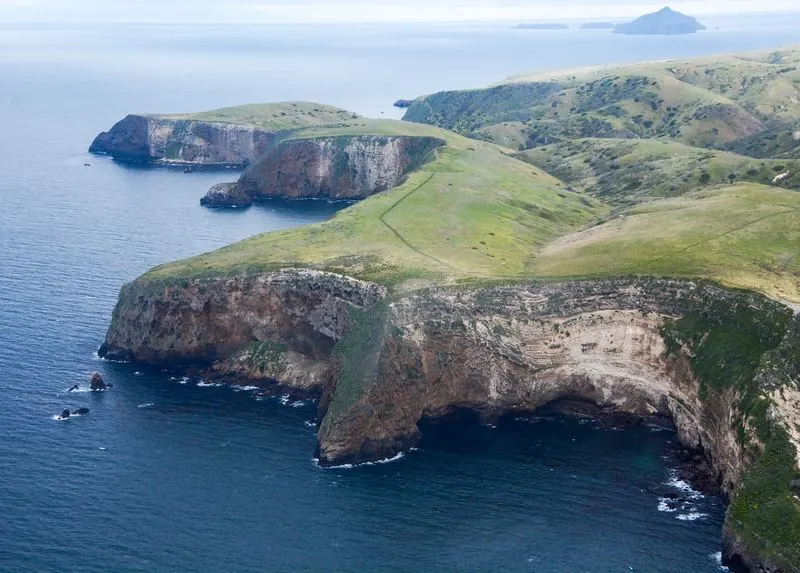
Channel Islands National Park is a marine wonderland where dolphins frolic alongside sea lions. The rich waters surrounding the islands teem with life, making it a paradise for marine enthusiasts.
Island foxes, unique to these islands, offer a terrestrial contrast to the ocean’s bounty. Offshore, the spectacle of migrating whales captivates visitors from December to April.
This park’s isolated beauty and rich biodiversity offer a glimpse into California’s natural heritage, from its coastal waters to its rugged island landscapes.
Great Smoky Mountains National Park (Tennessee/North Carolina)
In the misty embrace of the Great Smoky Mountains, nature’s secrets unfold with enchanting allure. The park is home to the largest black bear population in the East, a testament to its rich biodiversity.
Salamanders scuttle through the underbrush, while wild turkeys strut in the dappled sunlight. Come June, the forest lights up with fireflies, creating a nocturnal spectacle like no other.
This park is a living tapestry of life and light, where each visit brings a new discovery and a deeper appreciation for the wonders of the natural world.
Olympic National Park (Washington)
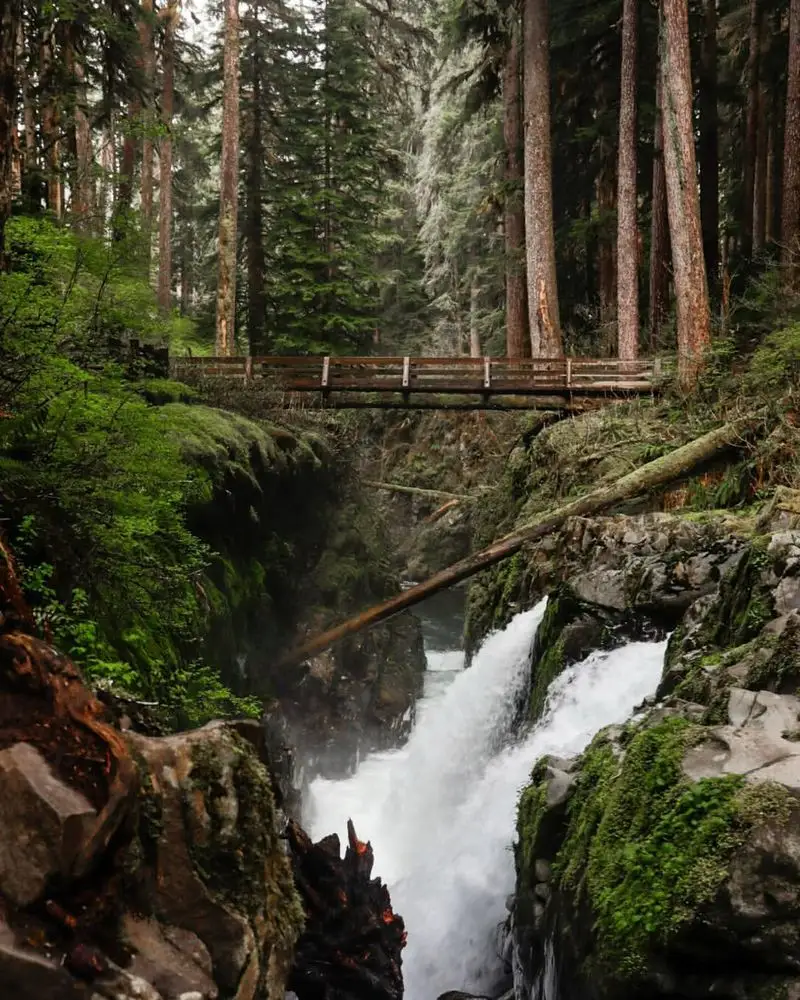
Olympic National Park is a realm of diversity, encompassing lush rainforests, rugged coastlines, and towering mountains. Roosevelt elk wander through ancient forests, embodying the majesty of the wilderness.
Along the Pacific coast, sea otters play in kelp beds, their playful antics a joy to behold. Spotted owls add to the park’s vibrant birdlife, while tide pooling reveals a world of marine wonders.
Each ecosystem within this park tells a story of adaptation and resilience, offering visitors a chance to explore nature’s myriad forms and rhythms.
Theodore Roosevelt National Park (North Dakota)
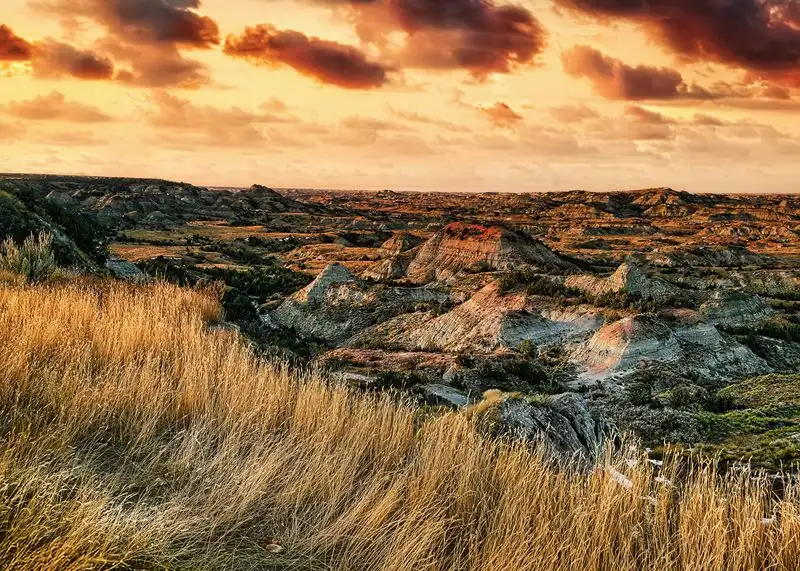
Theodore Roosevelt National Park is a tribute to the rugged beauty of the Badlands, where bison herds roam and wild horses gallop freely across the plains.
Prairie dogs scurry among the grasses, while golden eagles soar high above, surveying the land. This park offers a step back in time, evoking the spirit of the Old West.
The sweeping vistas and vast skies of North Dakota create a landscape of enduring beauty, where nature’s wild heart beats strong and free, inviting exploration and adventure.
Acadia National Park (Maine)
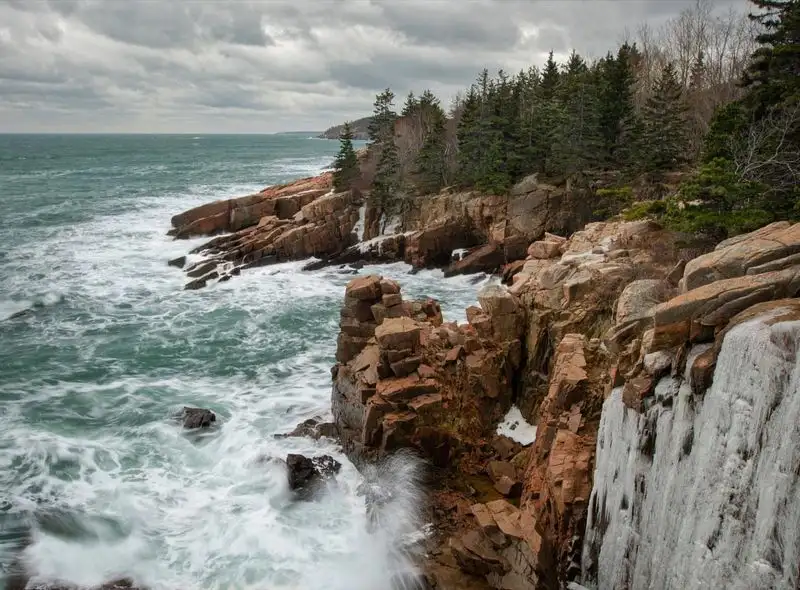
Acadia National Park is a coastal gem where rugged cliffs meet serene woodlands. White-tailed deer roam the forests, while peregrine falcons soar above the rocky shores.
Harbor seals lounge on sun-drenched rocks, embodying the park’s marine allure. Offshore, boat tours offer a glimpse of puffins and migrating whales, adding a touch of maritime magic.
Acadia’s landscapes are a harmonious blend of land and sea, where nature paints a picture of tranquility and wildness, inviting visitors to explore its multifaceted beauty.
Big Bend National Park (Texas)
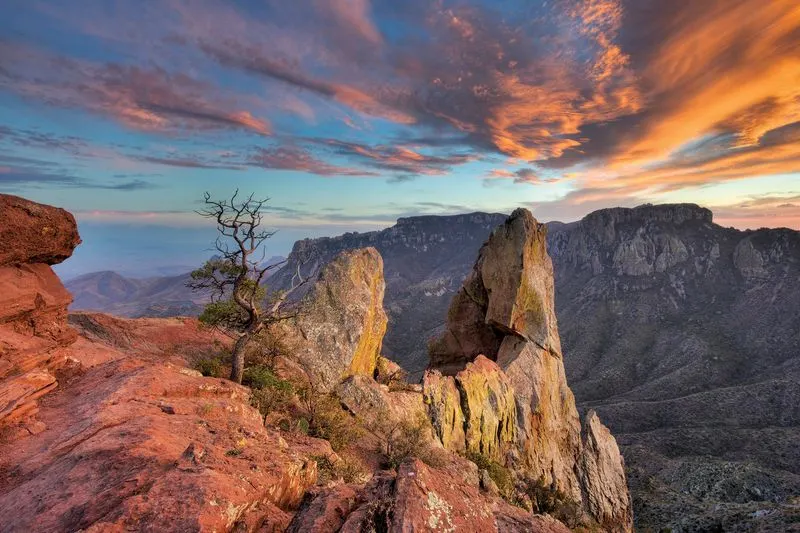
Big Bend is a land of contrasts where the desert meets the winding Rio Grande. Javelinas trot through the scrub, embodying the park’s rugged charm.
Coyotes call out across the desert, their voices echoing the wildness of this remote area. Mexican black bears add to the park’s allure, while over 450 bird species make it a birdwatcher’s haven.
This park is a tapestry of life where each species adds to the chorus of the Chihuahuan Desert, creating a vibrant, dynamic landscape that captivates all who visit.
Voyageurs National Park (Minnesota)
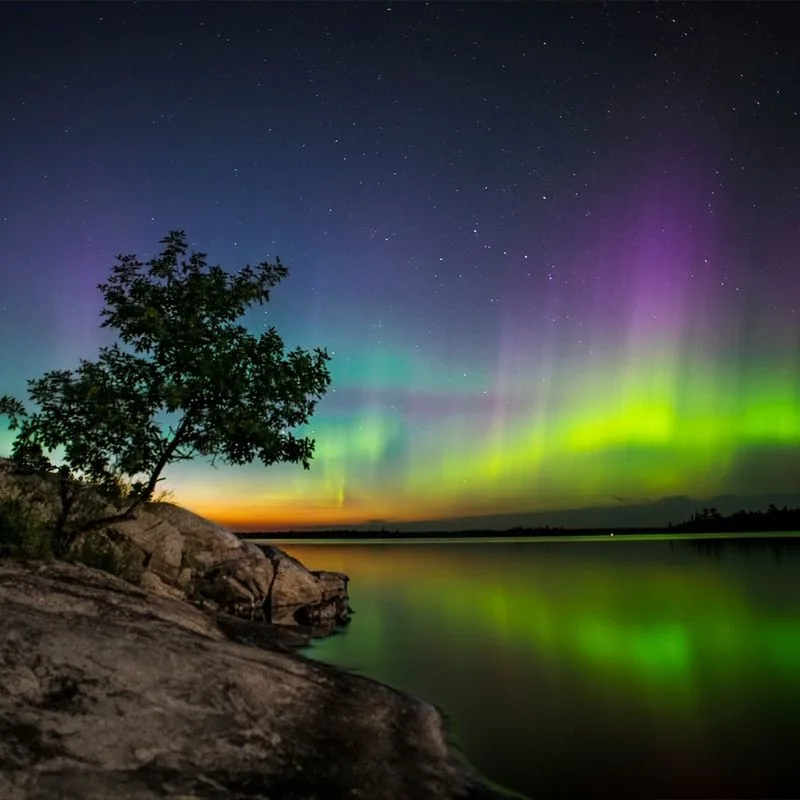
Voyageurs National Park is a water-world wonderland formed by interconnected lakes and streams. Beavers work diligently along the shores, crafting their lodges with determination.
Otters play in the gentle currents, embodying the spirit of this aquatic paradise. Wolves may be glimpsed in the dense forests, their elusive nature adding intrigue to the wilderness.
This park’s serene waters and lush landscapes offer a unique perspective on nature, where life thrives at the water’s edge, and every paddle brings a new discovery.
Kenai Fjords National Park (Alaska)
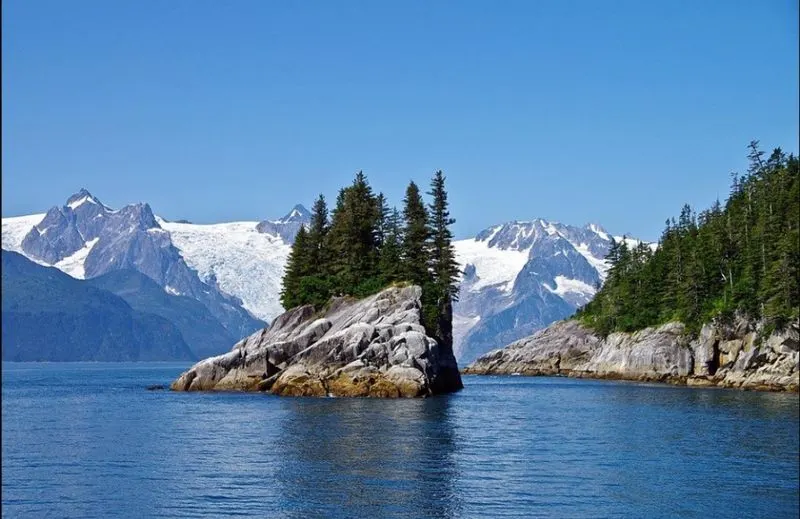
Kenai Fjords National Park offers a breathtaking blend of icy landscapes and vibrant wildlife. Sea otters float serenely in kelp beds, a symbol of Alaskan coastal life.
Puffins dive for fish, while orcas slice gracefully through the fjord’s icy waters, showcasing nature’s power and beauty. This park is a snapshot of Alaska’s marine richness and glacial majesty.
The dramatic scenery and diverse wildlife create an awe-inspiring experience, where visitors can connect with nature’s raw elegance and discover the wonders of the northern frontier.
Canyonlands National Park (Utah)
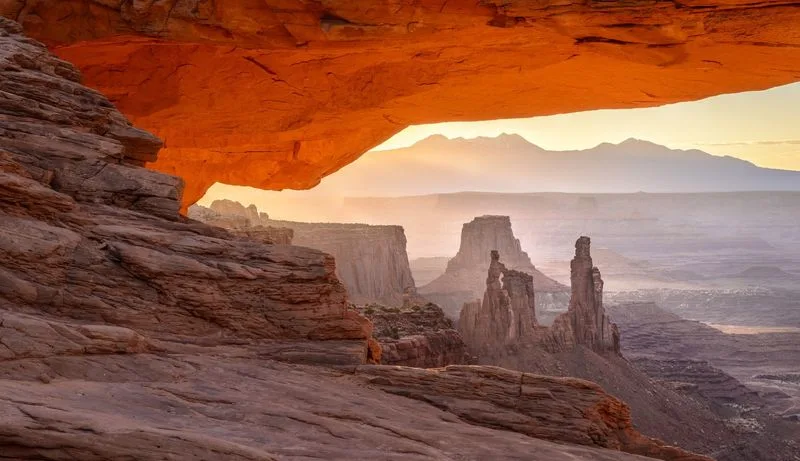
Canyonlands National Park captivates with its dramatic red rock landscapes and intriguing wildlife. Bighorn sheep scale the canyon walls, embodying resilience in this stark desert environment.
Golden eagles soar above, their keen gaze scanning the vast terrain for prey. Though less known for large mammals, the park is teeming with reptiles and other desert dwellers.
The vastness and beauty of Canyonlands offer a profound sense of solitude and wonder, where visitors can explore a land sculpted by time and filled with hidden mysteries.
Redwood National and State Parks (California)
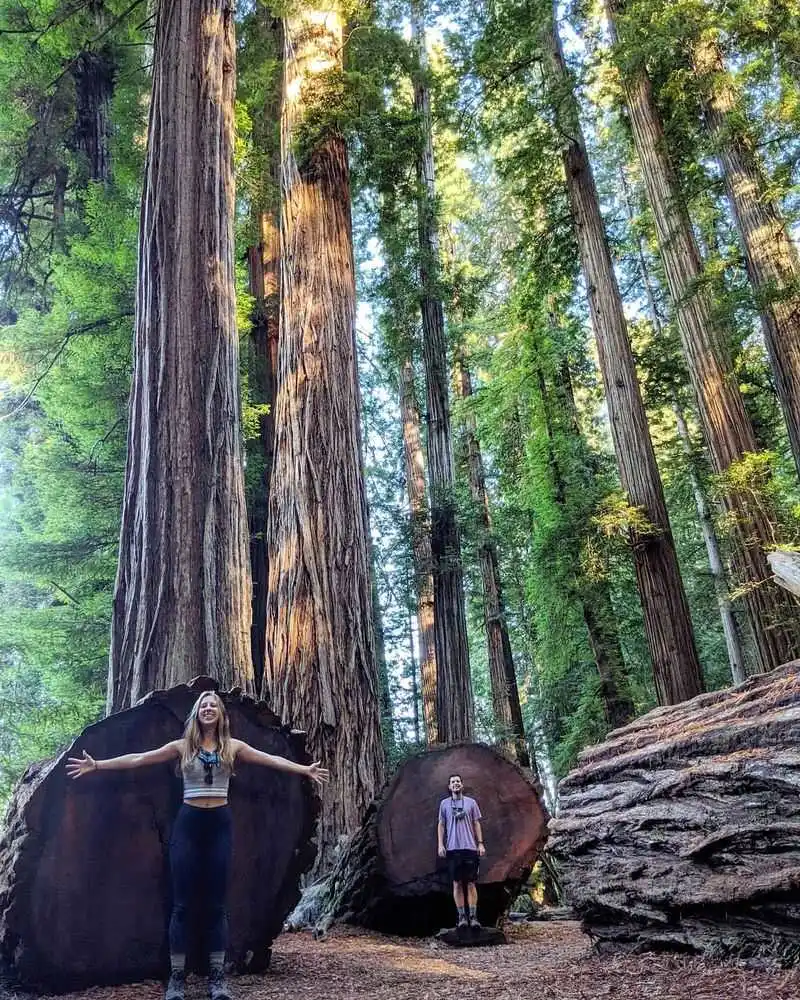
In the shadow of towering redwoods, Roosevelt elk graze peacefully, embodying the park’s primeval charm. The forest floor is alive with banana slugs and other unique creatures.
Offshore, gray whales migrate past the coast, a timeless journey that adds to the park’s natural wonder. The blend of towering trees and marine life makes this park a natural treasure.
Redwood’s ancient groves and dynamic landscapes offer a connection to nature’s resilience and grandeur, inviting visitors to walk among giants and witness the cycles of life.
Saguaro National Park (Arizona)

In the arid expanse of Saguaro National Park, life thrives against the odds. Roadrunners dart across the desert floor, their speed a testament to survival in this harsh land.
Jackrabbits bound through the cacti, while Gila monsters and mountain lions add to the park’s diversity. The giant saguaro cactus, iconic and enduring, stands as a symbol of resilience.
This desert park is a celebration of adaptability, where each species has carved a niche, creating a vibrant, interconnected ecosystem that pulsates with life and intrigue.
Badlands National Park (South Dakota)
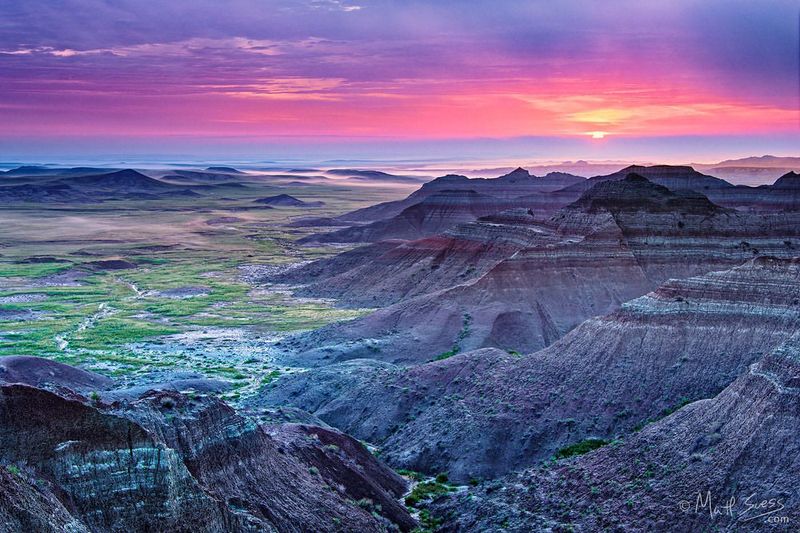
In the striking formations of Badlands National Park, wildlife finds a unique habitat. Bison roam the grasslands, while prairie dogs pop up from their burrows, ever watchful.
Bighorn sheep navigate the rugged terrain with ease, while rattlesnakes bask in the sun. This park’s dramatic landscapes offer a window into a world shaped by wind and time.
Visiting during cooler months reveals more active wildlife, a dynamic dance of survival and adaptation, where nature’s beauty and resilience are on full display.

